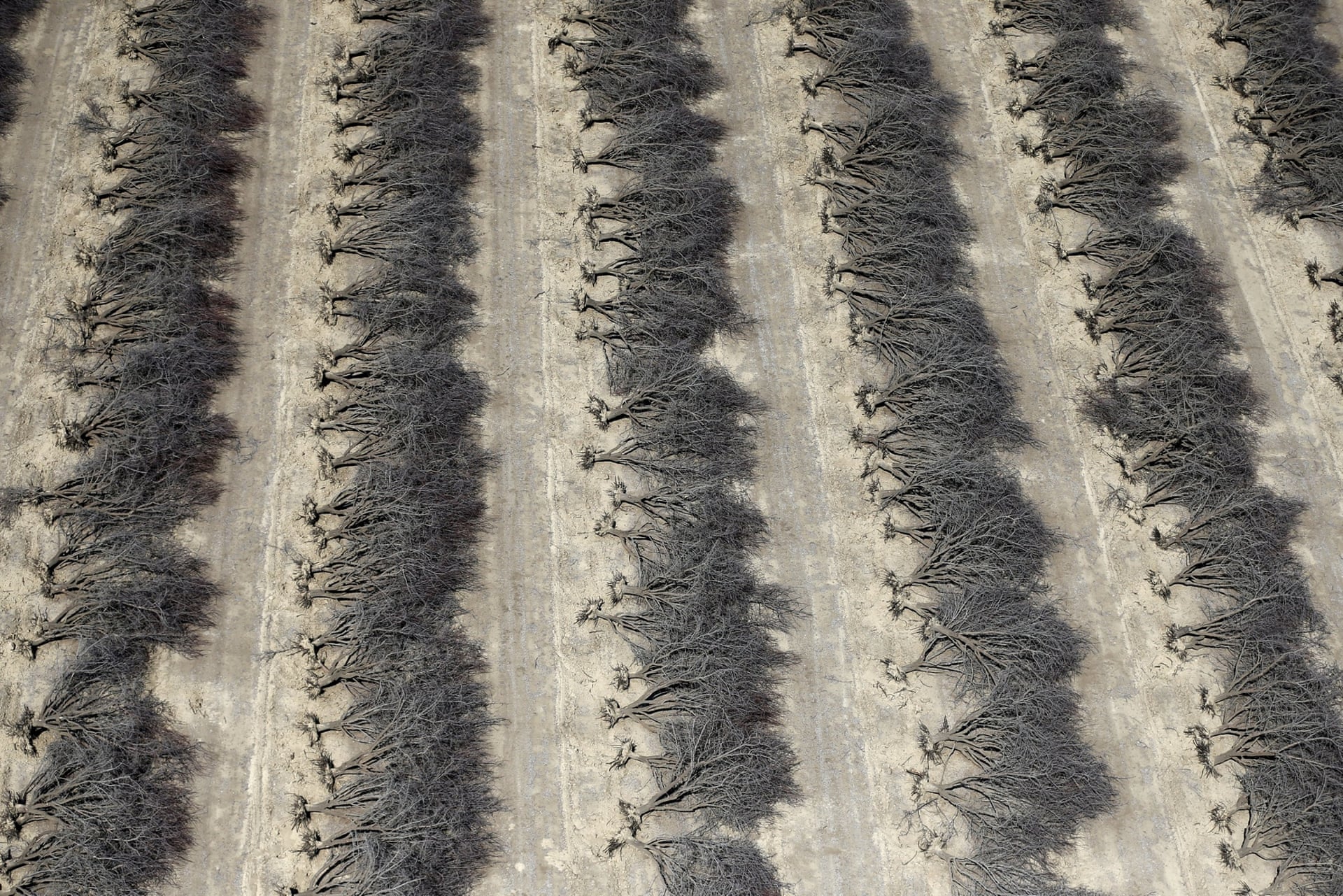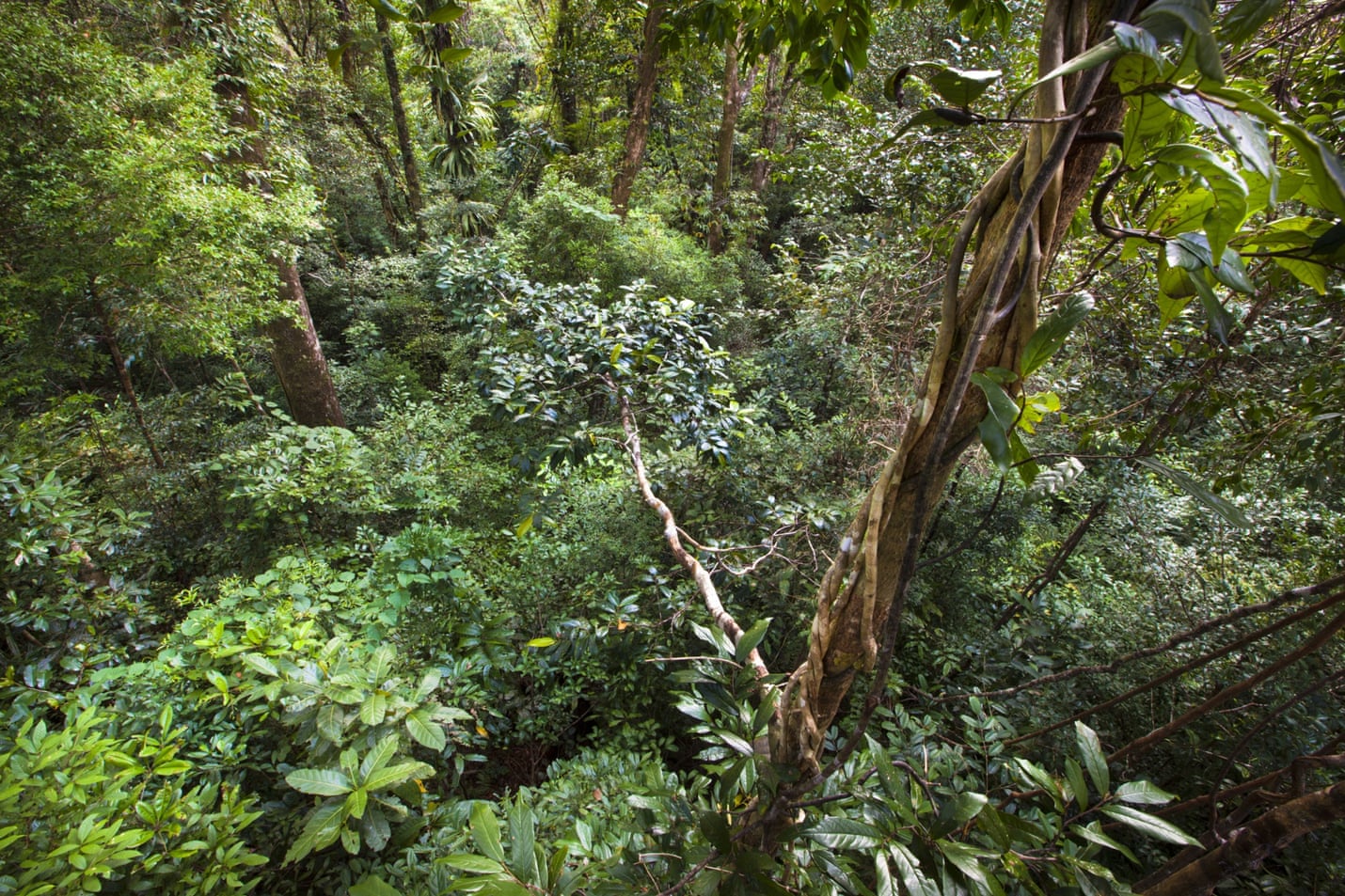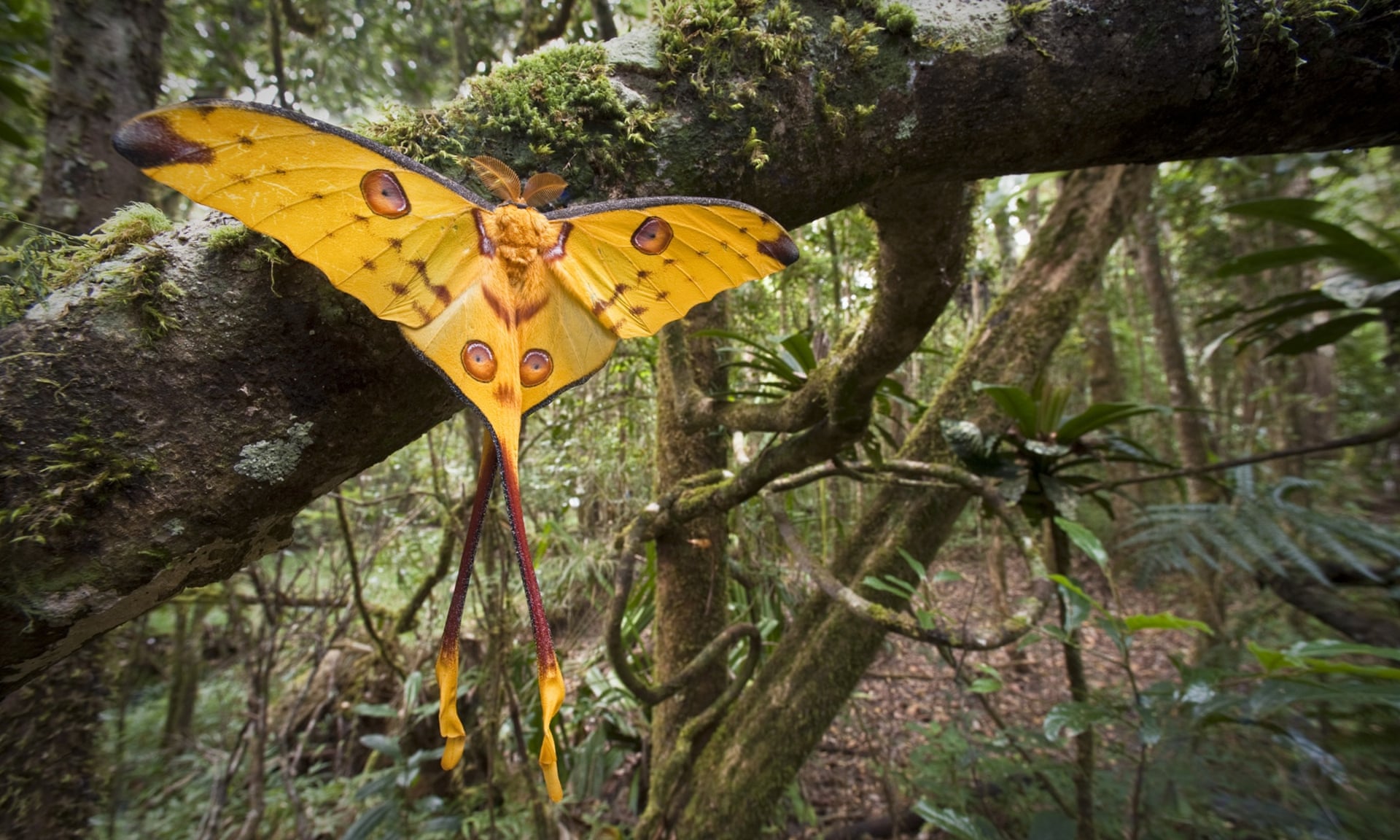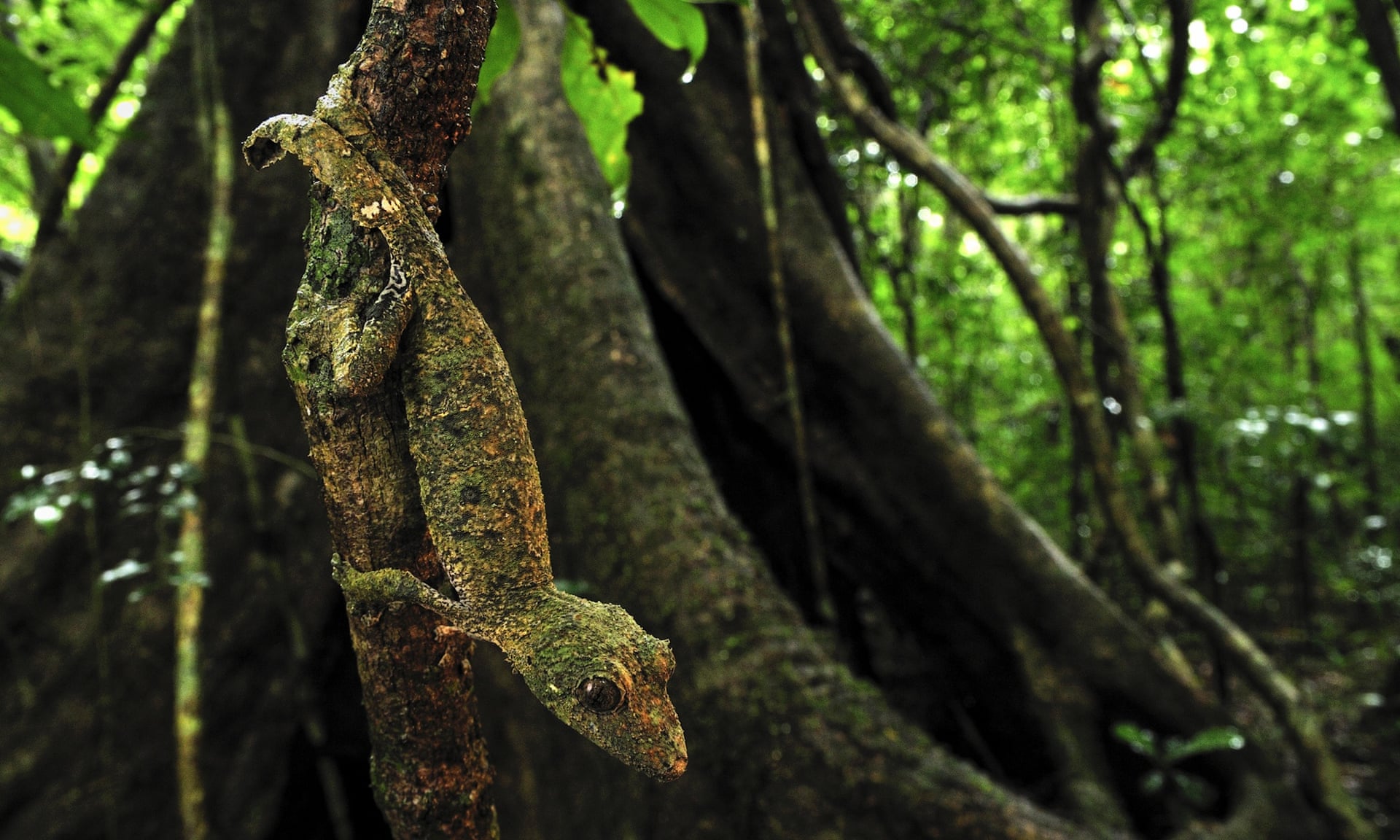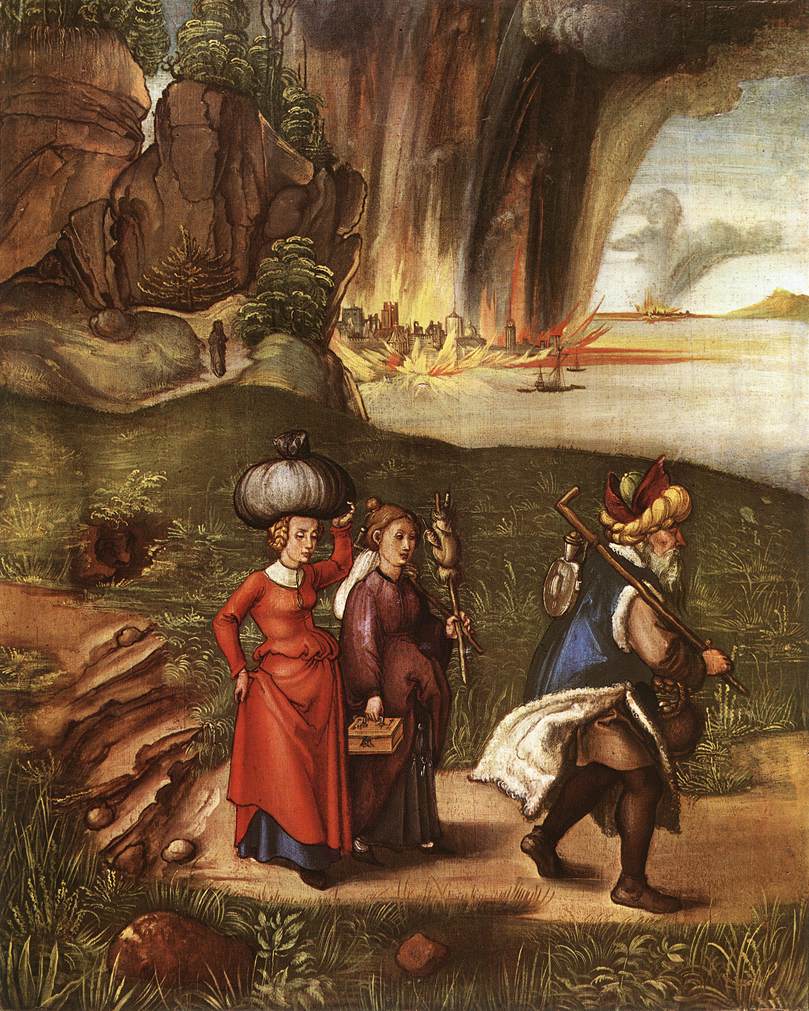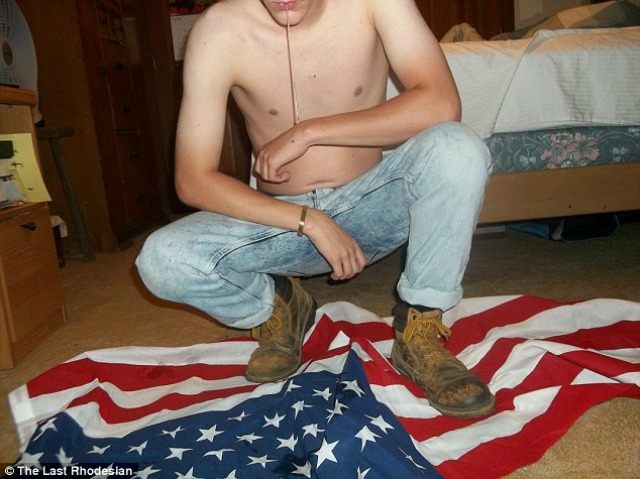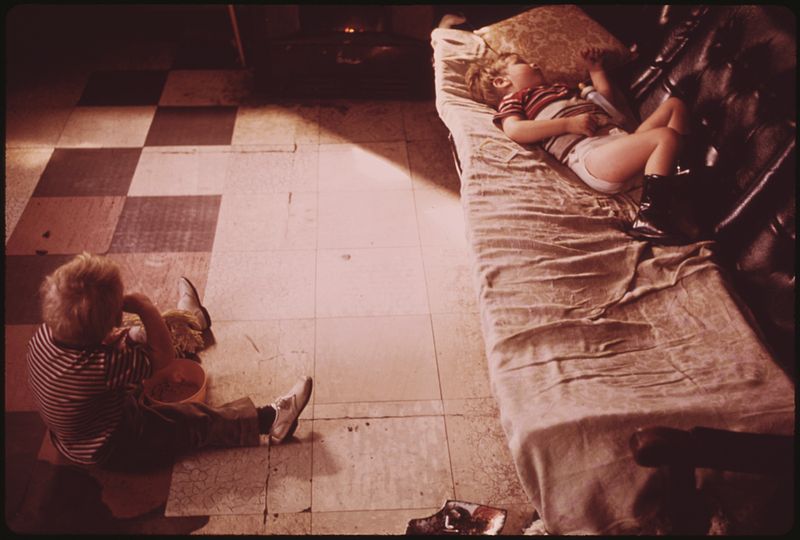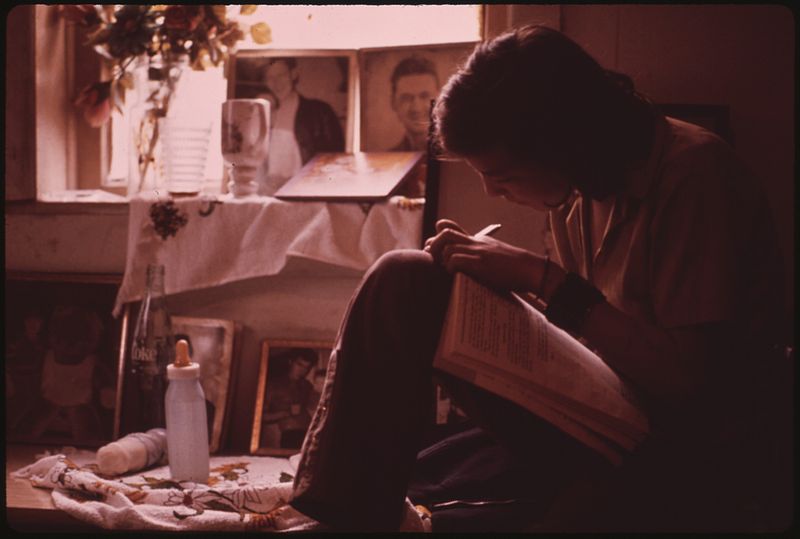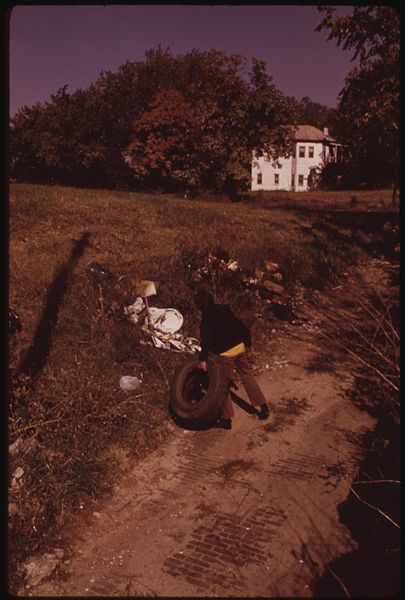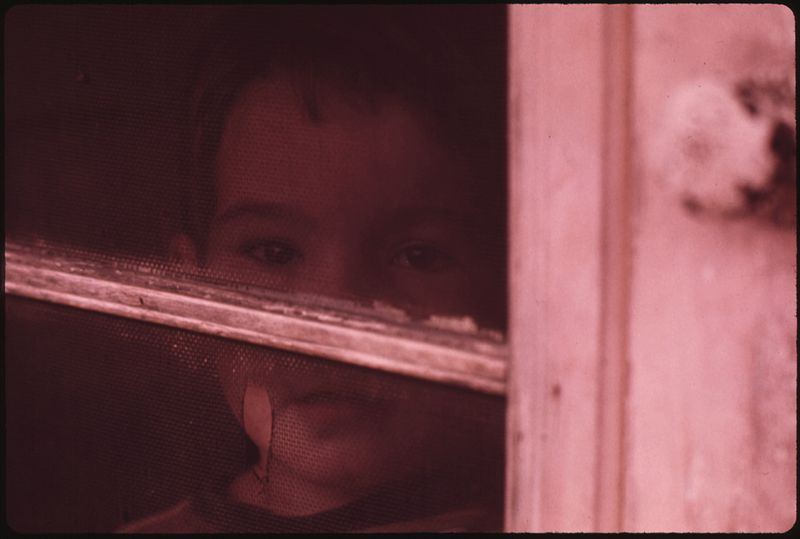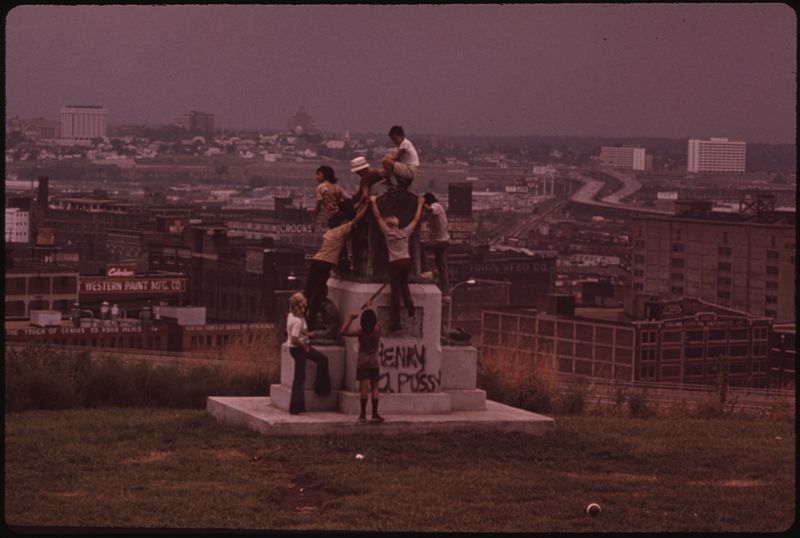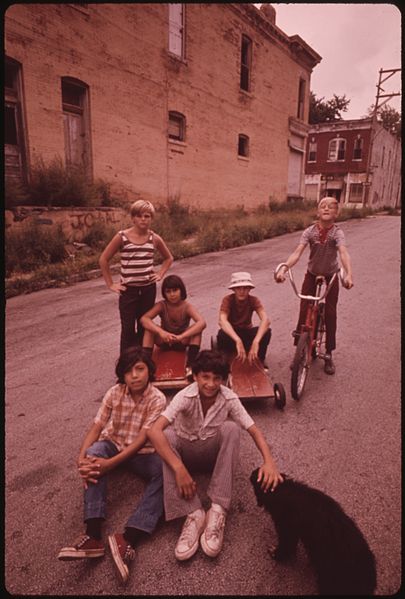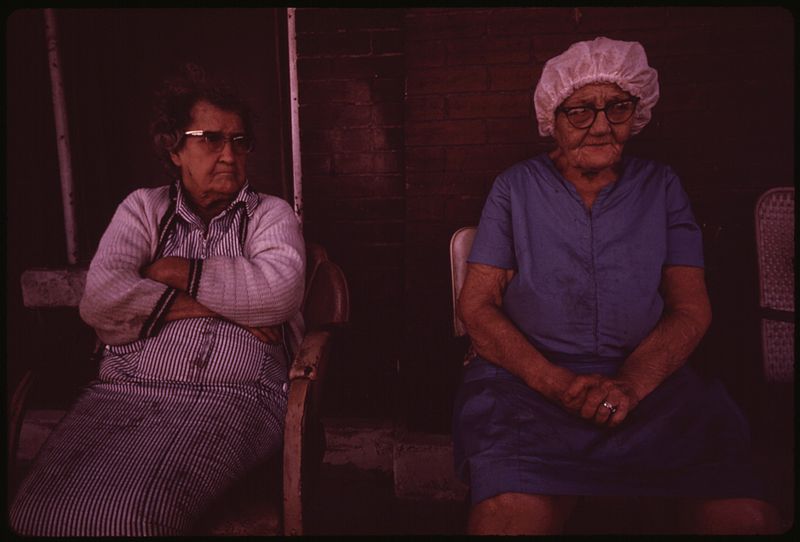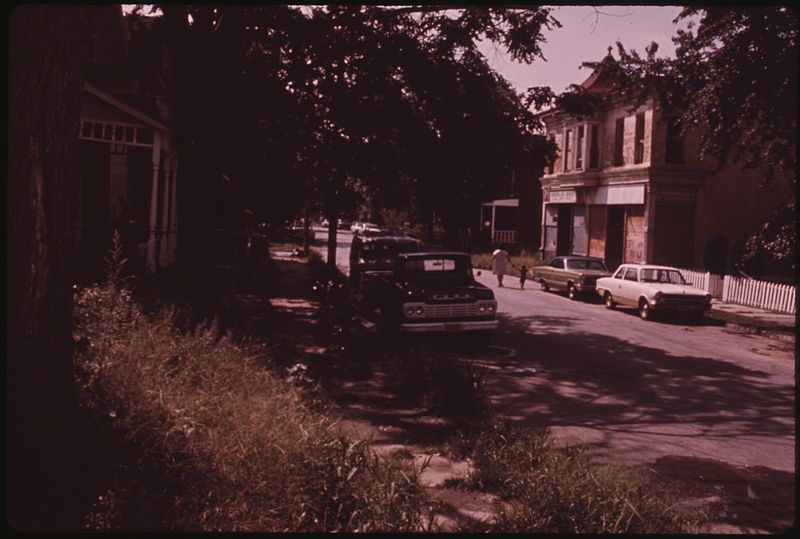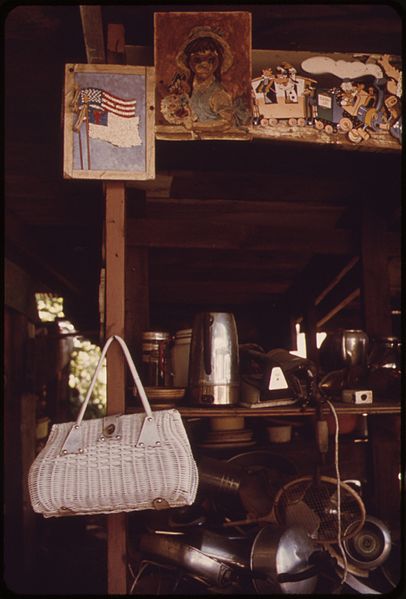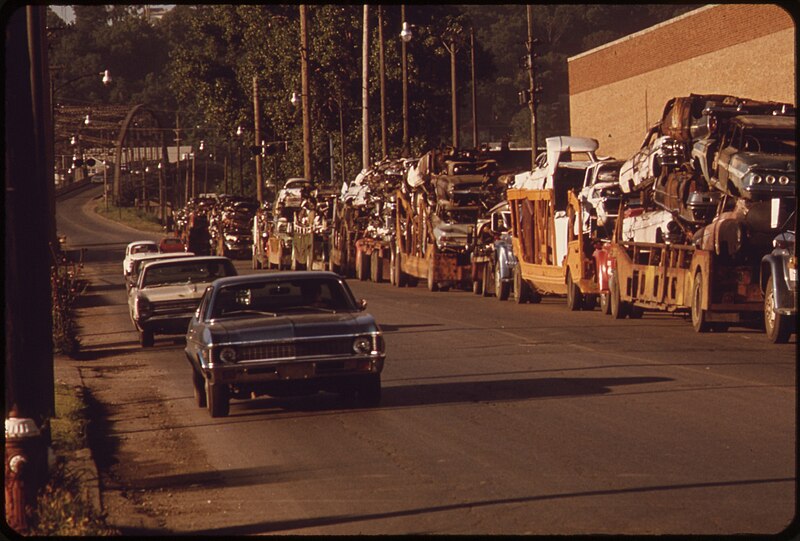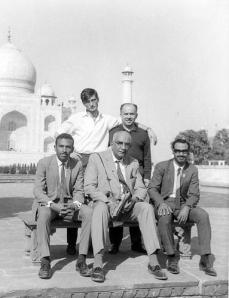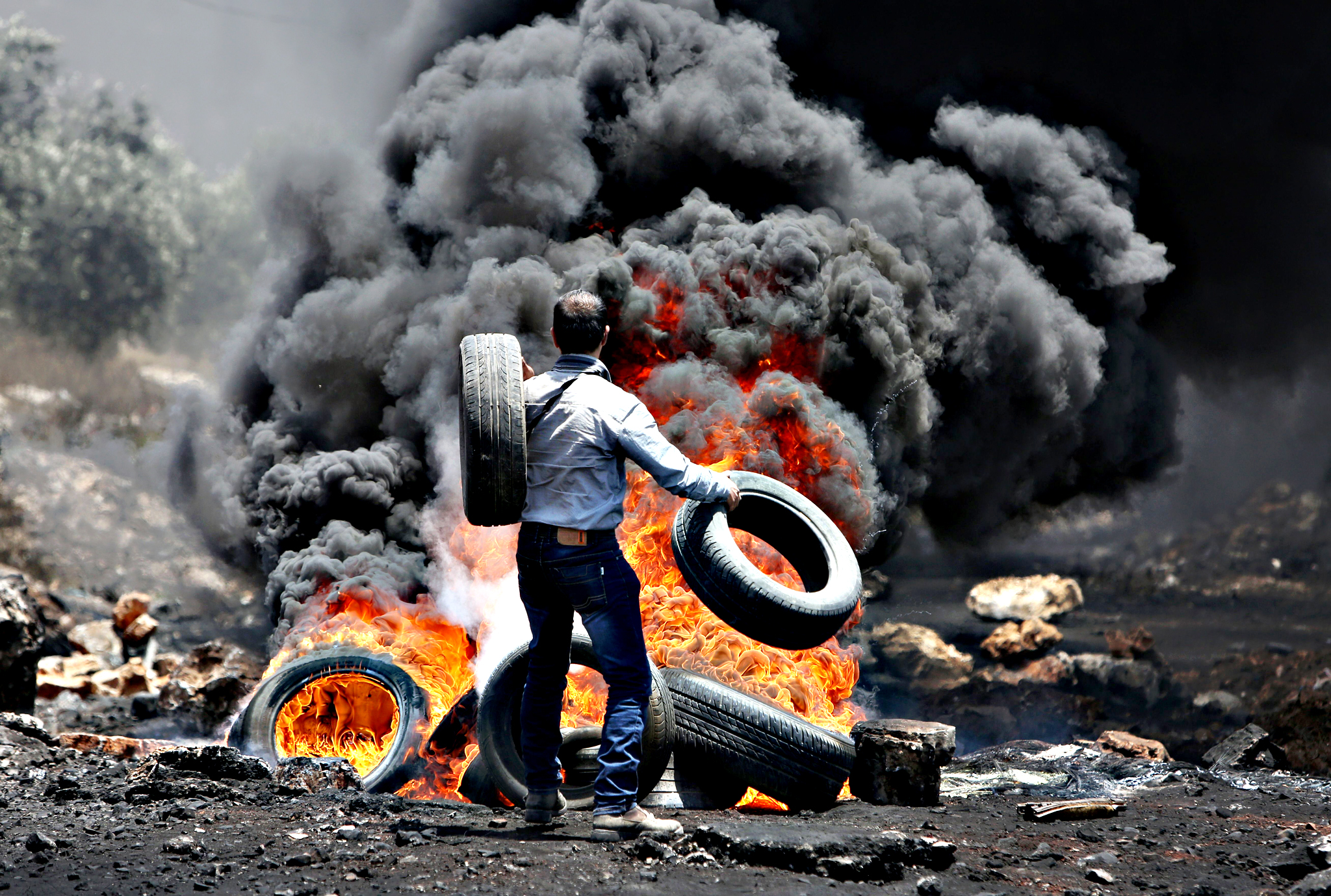.
![Canary in a Coal Mine | by Michael Sonnabend]()
@SenTedCruz: Universities that boycott #Israel should lose federal funding #BDSFail: image via Canary Mission @canarymission, 30 May 2015
Is @canarymission a spec project chasing Adelson & friends $$$? Looks like attacking BDS students will be lucrative: tweet via Eli Clifton @Eli Clifton, 30 May 2015
@democracynow spoke this morning of @canarymission and its attack on free speech: image via StlGal @StlGal, 1 June 2015
@UN_Spokesperson Islamophobic website @canarymissionis tweeting that they are associated with the @un: image via PAl @MEastQyagmire, 31 May 2015
![Coal Miner's Birdcage Complete (1) | by ficusdesk]()
![United Nations Secretariat from Uptown | by Jeffrey]()
United Nations Secretariat from Uptown. Like a sheet of glass in the sky: photo by Jeffrey Zeldman, 8 September 2013
![]()
![]()
![]()
![]()
In the programs we offer an action packed Counter Terror demonstration, Shooting Training, Krav Maga Taining, & Paintball Training! Get ready for the Best Bar Mitzvah Program that Israel has to offer you! Book your Experience TODAY!!: photo via Caliber 3, 2013
Rebecca Pierce is a recent graduate of the University of California Santa Cruz where she studied film production and was active in student media and Palestine solidarity organizing.
![]()
![]()
![]()
Account followed by Canary Mission calling me n****r, Kapo, and saying I have "monkey blood": image via Rebecca Pierce @aptly_engineerd, 2 June 2015
![Coal Miner's canary | by ccarlstead]()

Canary in a Coal Mine. "Canaries were once used in coal mining as an early warning system. Toxic gases such as carbon monoxide and methane in the mine would kill the bird bfore affecting the miners. Because canaries tended to sing much of the time, they would stop singing prior to sucumbing to he gas therefore alerting miners to the danger." Around the former coal mine "Zollverein" in Essen there are 10 or 12 larger-than-life canaries to remind of this miner's practivce: photo by Michael Sonnabend, 31 October 2011
"Naming and Shaming": Bad Canary's Busy Work in the Hasbara Mines
"@canarymission" (see abc7news: website targeting politically active students infringes on free speech) is advancing a tactic long advocated for by various pro-Israel groups : image via Ben White @benabyad, 28 May 2015
Tap dancing for Bad Canary
@SenTedCruz: Universities that boycott #Israel should lose federal funding #BDSFail: image via Canary Mission @canarymission, 30 May 2015
Is @canarymission a spec project chasing Adelson & friends $$$? Looks like attacking BDS students will be lucrative: tweet via Eli Clifton @Eli Clifton, 30 May 2015
Sheldon Adelson To Host Secret Anti-BDS Summit for Jewish Donors: Nathan Guttman, The Forward, June 1, 2015
Washington – Leading Jewish mega-donors have summoned pro-Israel activists for a closed-door meeting in Las Vegas to establish, and fund, successful strategies for countering the wave of anti-Israel activity on college campuses.
The meeting, taking place this weekend, will be hosted by casino billionaire Sheldon Adelson and was organized by several other top Jewish funders, including Hollywood entertainment mogul Haim Saban, Israeli-born real-estate developer Adam Milstein and Canadian businesswoman Heather Reisman.
Organizers have sought to keep the gathering secret and have declined to respond to inquiries from the Forward that would confirm the upcoming meeting with two separate informed sources.
The planned Vegas summit marks a shift in approach on the issue of anti-Israel activity on college campuses, whose growth in recent years has captured a top spot on the Jewish communal agenda. The initiative, in this case, did not come from students on the ground, nor did it emerge from work of the many organizations involved in pro-Israel activism on campus. Instead, it is an idea coming from wealthy Jewish philanthropists who have decided to take action. Their communiqués to Jewish groups invite them to come and brainstorm with them during a weekend gathering at the Venetian, Adelson’s luxury hotel on the Las Vegas Strip.
Saban, a Los Angeles billionaire who is also a major Democratic donor with close ties to the Clintons, has been discussing the idea for more than a year, one source with firsthand information of the initiative said. Saban has spoken to Israeli officials, including the former ambassador to Washington Michael Oren and top officials in the Israeli foreign ministry, about setting up a special task force to deal with increased calls on campuses to adopt measures of boycott, divestment and sanctions against Israel, measures commonly referred to as BDS.
According to an official in the Jewish community, it was another California philanthropist of Israeli background, Milstein, who put together the initiative. He got mega-donor Adelson and Reisman, who in recent years has been increasingly involved in initiatives to support Israel, on board.
The donors’ invitation came as somewhat of a surprise to at least some of the invitees. An official with one major group said leaders of the organizations were not aware of the initiative before receiving the last-minute invite and had not been consulted as it was crystallized. The official added that leaders of these groups were not quite certain what the goal of the Vegas summit is. Another Jewish organization official made clear that while his group intends to participate, it will not dispatch a top-level leader to the event.
All Jewish organizations contacted by the Forward declined to speak on record, citing the request of organizers to keep the gathering away from the public eye.
According to several prospective participants, Jewish groups planning to attend the meeting include the Israel on Campus Coalition, Hillel, StandWithUs, the Anti-Defamation League and the Jewish Federations of North America. The Israel Action Network, a communal body created specifically to counter BDS and delegitimization of Israel, will not attend, although it will be represented by one of its parent organizations, JFNA.
J Street U, which is the student arm of the dovish Israel lobby, has a presence on most campuses and opposes BDS, was not invited.
The purpose, an official with one of the groups invited said, was to “find the best strategies” for countering campus anti-Israel campaigns and to “make sure there is funding” for those programs. However, groups were not asked to prepare a pitch to present to the panel of Jewish mega-donors.
Another official explained that the request for secrecy was “reasonable” because “it makes sense not to have the public in the room when you sit with funders to set priorities.”
Campus activity has been among the fastest-growing fields in Jewish organizations. Most major groups, including the American Israel Public Affairs Committee, the ADL and the American Jewish Committee, have set up operations geared at students, alongside groups whose main focus has always been campus activity, such as Hillel and ICC. Yet despite the growth in pro-Israel activism, pro-Palestinian-driven protests and resolutions have been on the rise. The past year has seen a record number of 15 universities adopt resolutions demanding divestiture of college funds from Israel.
@democracynow spoke this morning of @canarymission and its attack on free speech: image via StlGal @StlGal, 1 June 2015
So... uh... who is Bad Canary, anyway?
@UN_Spokesperson Islamophobic website @canarymissionis tweeting that they are associated with the @un: image via PAl @MEastQyagmire, 31 May 2015
Q. Why isn't Bad Canary in his very pretty cage, then? A. Because he has flown the coop, again, and now claims to be chilling on a new perch at 46th and First!

Coal Miner's Birdcage Complete (1). The nearly complete Coal Miner's Birdcage (reproduction of vintage models) as was used to carry a live canary into coal mine's to warn the miners of bad air quality. If the canary remained alive and well, the air was acceptable. But if the canary was dead, the air contained either methane or carbon monoxide, and the miners would have to evacuate the mine until the air quality improved: photo by ficusdesk, 24 September 2010
Breaking: Ever-so-brave Bad Canary assaults unexceptionable young free speech user Hadeel Salameh from falseflag headquarters

Featured Radical - Hadeel Salameh! #SJPPitt She's had a lot to say! #Israelbasher #BDSthug: image via Canary Mission @canarymission, 31 May 2015
水浴びすると髪が濡れて河童感が増す五助さん。何だか細くなって
Nobody ever said constructing a blacklist wasn't sometimes sticky work for Bad Canary, who stoops to spatter his ruff as he welcomes unsuspecting young Marium Navid into the shadows beyond the zio hate campfire
水浴びすると髪が濡れて河童感が増す五助さん。何だか細くなって
Today's NEW radical! UCsenator campaigning for #BDS - welcome Marium Navid!: image via Canary Mission @canarymission, 31 May 2015
@LisaCanary RT lol ...just wonder who was this #canary who took off his shirt ???? #NCFC: image via Worstead Canary @poppygirl2014, 1 June 2015
Bold Bad Canary celebrates another famous soft-target hasbara victory
@LisaCanary RT lol ...just wonder who was this #canary who took off his shirt ???? #NCFC: image via Worstead Canary @poppygirl2014, 1 June 2015
Chirp! Chirp! Bad Canary keeps busy busy busy always expanding the frame
Shadowy Web Site Creates Blacklist of Pro-Palestinian Activists - News #CanaryMission: image via PalestineTrends @Palestinolizer, 27 May 2014
Learning to kill on summer vacation: Children, come along with us on the 2-Hour IDF Shooting Adventure! (The Article that Sparked a Bad Canary Hasbara Storm)

Caliber 3's tourist programs leave most of our visitors feeling that this was the best part of their trip! Perfect for all ages and groups, choose from a variety of programs including our most popular - The 2-hour IDF Shooting Adventure which over 6000 visitors per year enjoy. English, French, Russian and Hebrew. All of our instructors have real battlefield experience and are weapons experts. You will be able to interact with them and hear their stories about places and operations you heard in the news or history lessons!: photo via Caliber3, 2013
War games and settlement excursions: inside a pro-Israel propaganda tour for student activists (extract): Rebecca Pierce via Mondoweiss, 21 August 2013
“‘TERRORIST! GO! BODY!’ I’m sprinting across the rocky terrain to reach safety…Heart racing, out of breath, I’m trying to remember the instructor’s commands. Muscle memory, no time to aim, hurry, hurry…”
So begins one California college student’s first-hand account of a June 2013 "commando tourism" paintball session at Caliber 3, a privately-owned counter-terrorism training facility in the illegal Israeli settlement bloc of Gush Etzion. The student, identified only as “JJL”, was on a ten-day BlueStar Fellows summer tour of Israel, the West Bank, and the Golan Heights with twenty-three peers from five California universities. The trip was part of a year-long program launched by San Francisco-based Israel advocacy group BlueStar PR with the goal of molding students into “powerful pro-Israel advocates, spokespeople and opinion leaders” on their college campuses.
In over fifty entries on the BlueStar Fellows program blog (penned with the assistance of a writing coach) participants from UC Santa Barbara, UC Santa Cruz, San Francisco State, San Jose State, and Pitzer College reflect on a trip itinerary that often glorifies Israeli state violence while promoting a dehumanized image of Palestinians. The accounts provide insight into the sensational approach to the conflict pushed by some hardline Israel advocacy groups, and raise questions about the impact of their tactics in the battle for the hearts and minds of US college students.
After visiting the Anne Frank House in Amsterdam and flying to Israel, BlueStar participants were first brought to the Museum of Independence in Tel Aviv. Sitting in the flag-swathed hall where the Israeli declaration of independence was signed in 1948, students listened to a tour guide play the national anthem and recount the Zionist narrative of the struggle to create a Jewish state in the land of Palestine, in defiance of hostile neighbors. Absent from accounts of the day is any mention of the 750,000 indigenous Palestinians displaced in the violence leading up to and following the establishment of Israel. In fact, students seem to write Palestinians out of the narrative entirely. After viewing a 1909 picture of the sand dunes part of Tel Aviv would be built on, Qi Li, a Chinese exchange student at SJSU, mused, “isn’t [it] obvious from the barren landscape that [the Palestinians] did not even know or care about this piece of land? How could this land be considered ‘occupied’ when Jewish settlers found this virgin land with no occupants?”
One of the next stops on the trip was the Meir Amit Intelligence and Terrorism Information Center, which houses a museum and memorial to Israeli intelligence officers killed in the line of duty. There, participants sat through another lecture and viewed rooms full of "weapons and explosives... showing he various techniques that terrorists utilize." Students also saw videos and pictures of Palestinian youngsters “handed guns and celebrating death.” Deeply unsettled by this imagery, SFSU student Kayla Wold declared that “in the Islamic world children are raised with a mentality for death. Not just death upon Jews, but death to themselves…Coming from a country and culture where I was taught to cherish my life, it’s been a struggle to understand this mentality.” This death-cult image of Palestinian childhood would sharply contrast with the iconic caterpillar-shaped playground bomb shelter participants observed the next day as they toured Sderot, a city heavily impacted by rockets fired by armed groups in neighboring Gaza.
This playground also doubles as a bomb shelter for children at the park: photo via BlueStar Fellows, 2013
Commando tourism
After visiting the Israeli Holocaust Museum and touring holy sites in East Jerusalem, BlueStar participants journeyed into the occupied West Bank, passing concrete walls and military checkpoints en route to Caliber 3. Located in the Gush Etzion settlement bloc, Caliber 3 Academy provides counter-terrorism training to Israeli combat units, private security companies, and SWAT teams from around the world. The training center also offers a variety of what it calls “commando tourism” activities for civilians, ranging from infantry and urban warfare instruction to paintball games to a Bar Mitzvah package.

At Caliber we know how important your Bar Mitzvah trip is, and that is the reason we came up with the Bar Mitzvah programs. We want you to have a "once in a lifetime experience". We have a variety of programs for all of the family. The programs are customized for each family. That way we can assure you that your experience is unique for your needs. We will build together with you a once in a lifetime experience for your family: photo via Caliber 3, 2013
The Caliber 3 website is blunt about the ideological motivations behind its contentious locale, and boasts of an experience that combines “the values of Zionism with the excitement and enjoyment of shooting.” A June 2013 NPR report on Caliber 3 describes instructors demonstrating firing techniques on targets dressed as Palestinians, and telling tourists that they can “help fight terrorism” by promoting a positive view of Israeli soldiers when they return home.

At Caliber 3, before the paintball competition begins, you and your group are trained by some of the finest experts in close-quarters battle and urban combat in our professional tactical training facility.Training includes: Entering into battle / Room entry techniques / Room clearing / Close-quarter Battle (CQB) / Fighting in complex urban terrain. All you need to bring is clothes that you don't mind getting dirty - We supply the rest!: photo via Caliber 3, 2013
The BlueStar Fellows’ dramatic accounts of their tactical training and paintball session at Caliber 3 resemble a live action version of a first person shooter video game. SJSU student Jaspreet Kaur describes the thrill of learning “how to clear a house of an enemy and…snap into combat mode in less than three seconds.” This creates a chilling image when placed in the context of the frequent night raids the Israeli military leads into the homes of Palestinian families. “JJL” recalls hearing a lecture on the IDF code of ethics the night before the excursion, but admits to being so enthralled that “I did not once think while I was firing at the enemy team whether or not my stray ‘bullets’ might hit an innocent.” While the paintball game was far removed from the human impact of the conflict it mimicked, students felt their experience was authentic, and at times very real. Kaur vividly recalls being shot by a fellow student, saying, “[t]o me that wasn’t a paintball shot by a member of the other team but an actual bullet by a terrorist.”

In the programs we offer an action packed Counter Terror demonstration, Shooting Training, Krav Maga Taining, & Paintball Training! Get ready for the Best Bar Mitzvah Program that Israel has to offer you! Book your Experience TODAY!!: photo via Caliber 3, 2013
Rebecca Pierce is a recent graduate of the University of California Santa Cruz where she studied film production and was active in student media and Palestine solidarity organizing.
#CM Week in Review: Radical # 2 - Rebecca Pierce @aptly engineerd UCSC Digital Media #CJPFail: image via Canary Mission @canarymission, 30 May 2015



Account followed by Canary Mission calling me n****r, Kapo, and saying I have "monkey blood": image via Rebecca Pierce @aptly_engineerd, 2 June 2015
@support hope you will do something about @RememberMasada as he is now mentioning you in rape threats against me: image via Rebecca Pierce @aptly_engineerd, 2 June 2015
The death-song of Bad Canary echoes deep in the darkest night
![]()
- Village of Khirbet Susyiya, faced with demolition: photo via btselem. org

Coal Miner's Canary. Tribute to the canaries that saved many miners' lives by detecting bad air. Trinidad, Colorado: photo by ccarlstead, 26 June 2012


































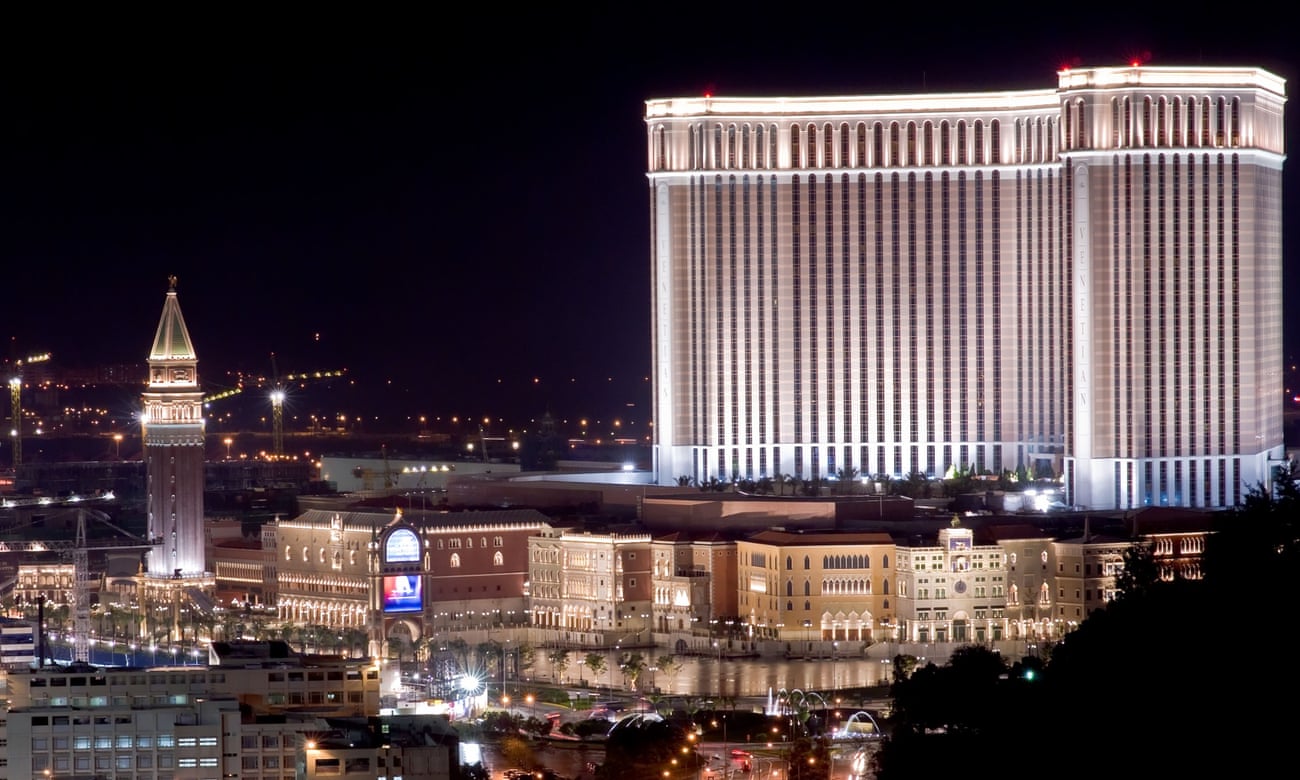

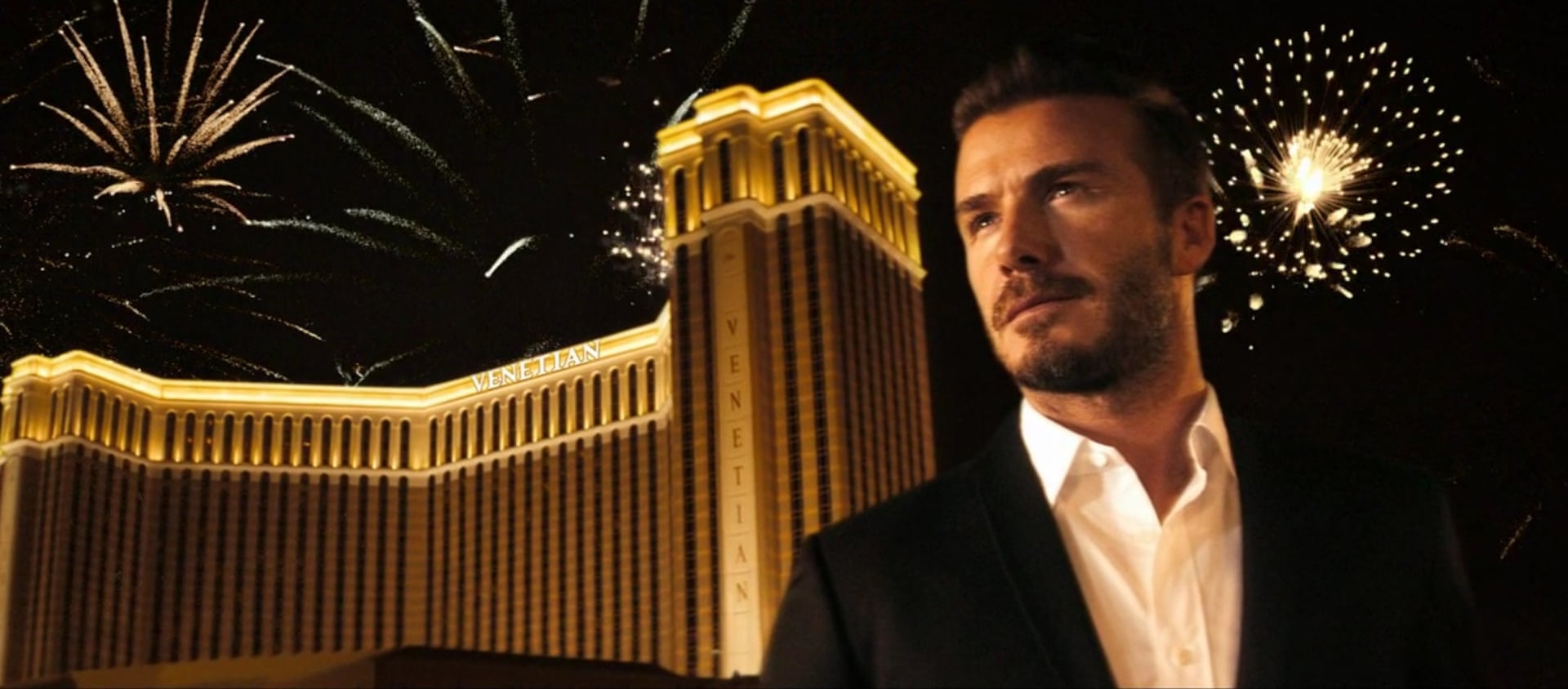







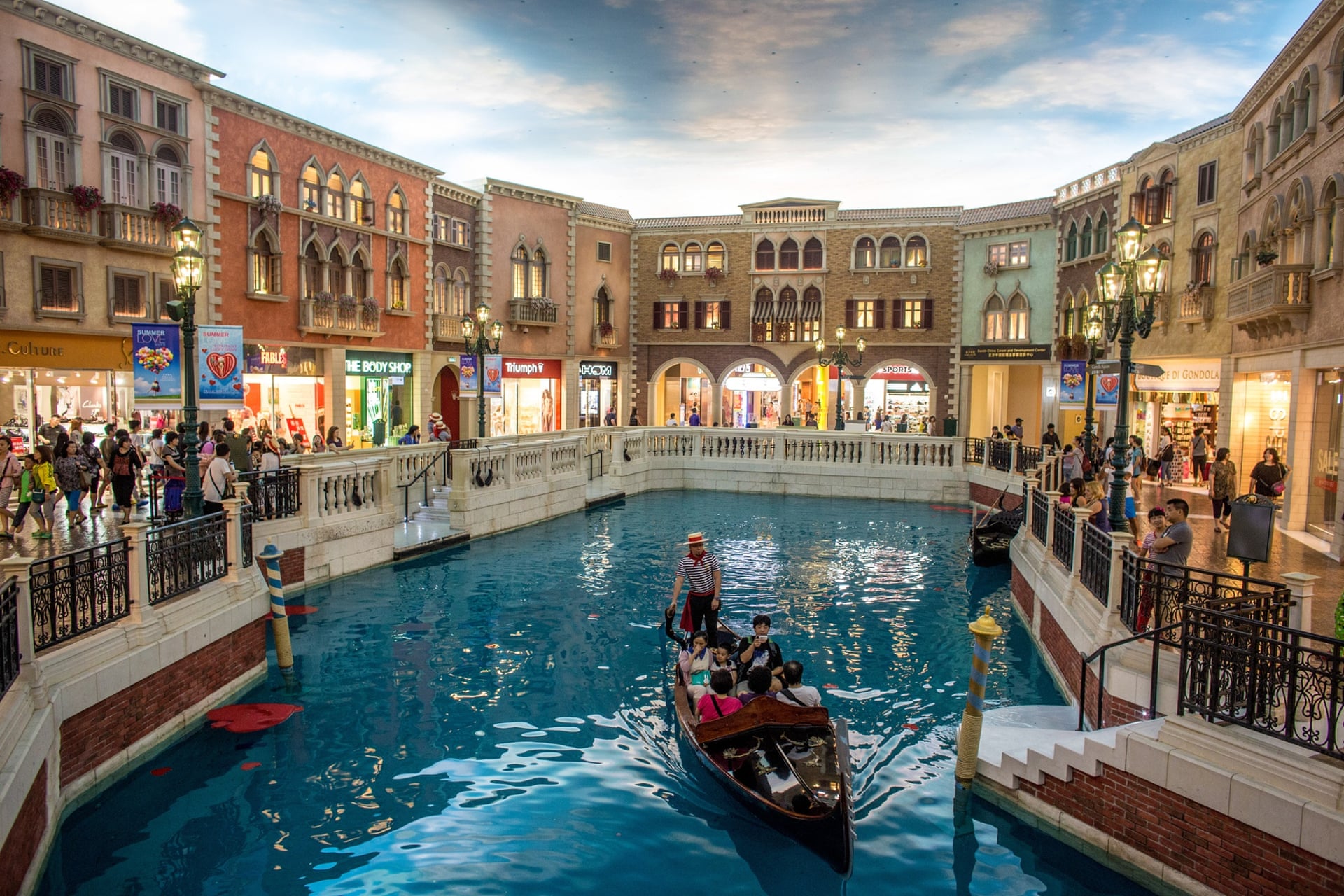

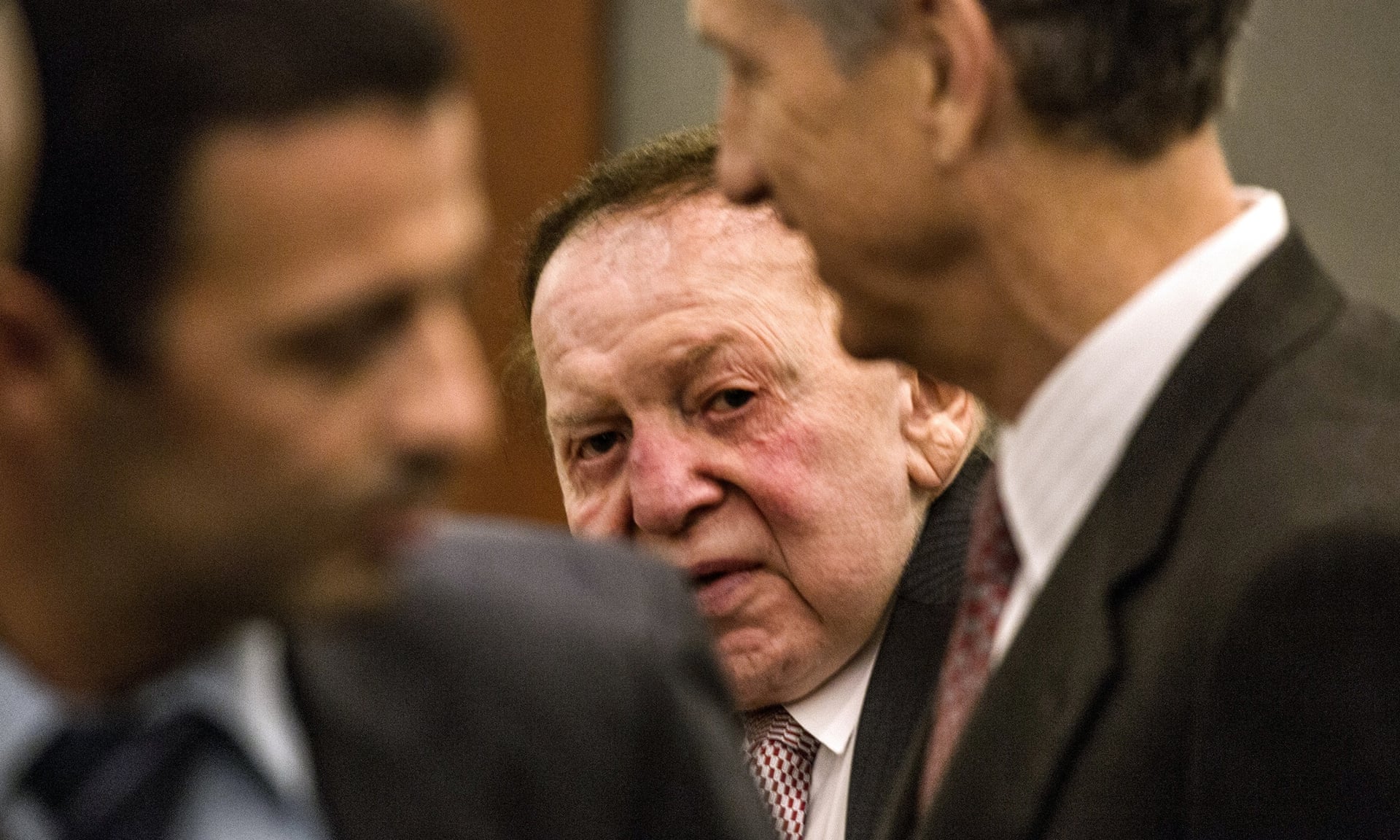
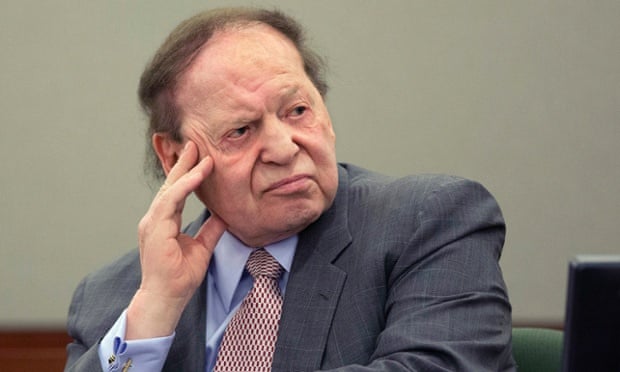




























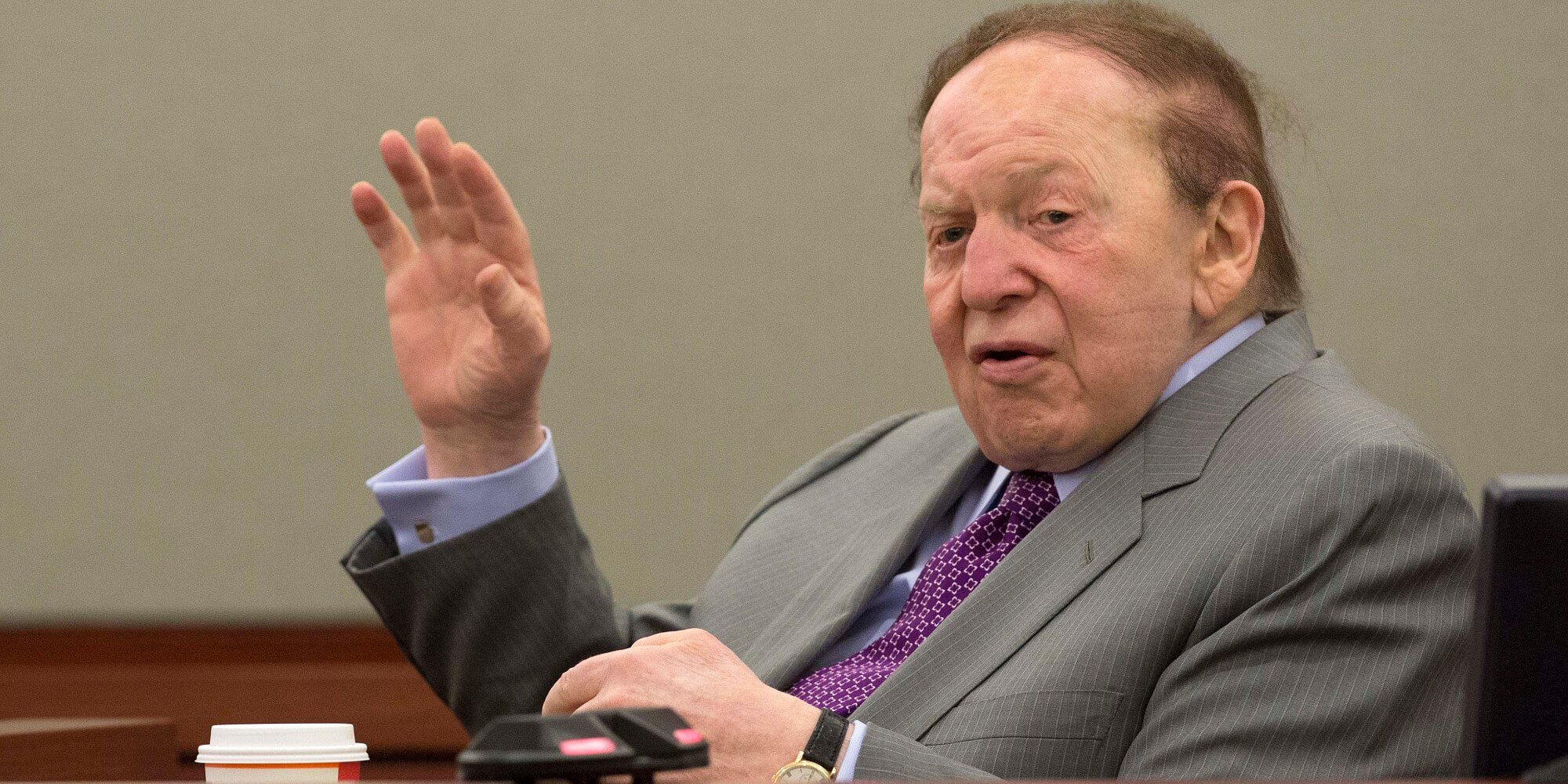





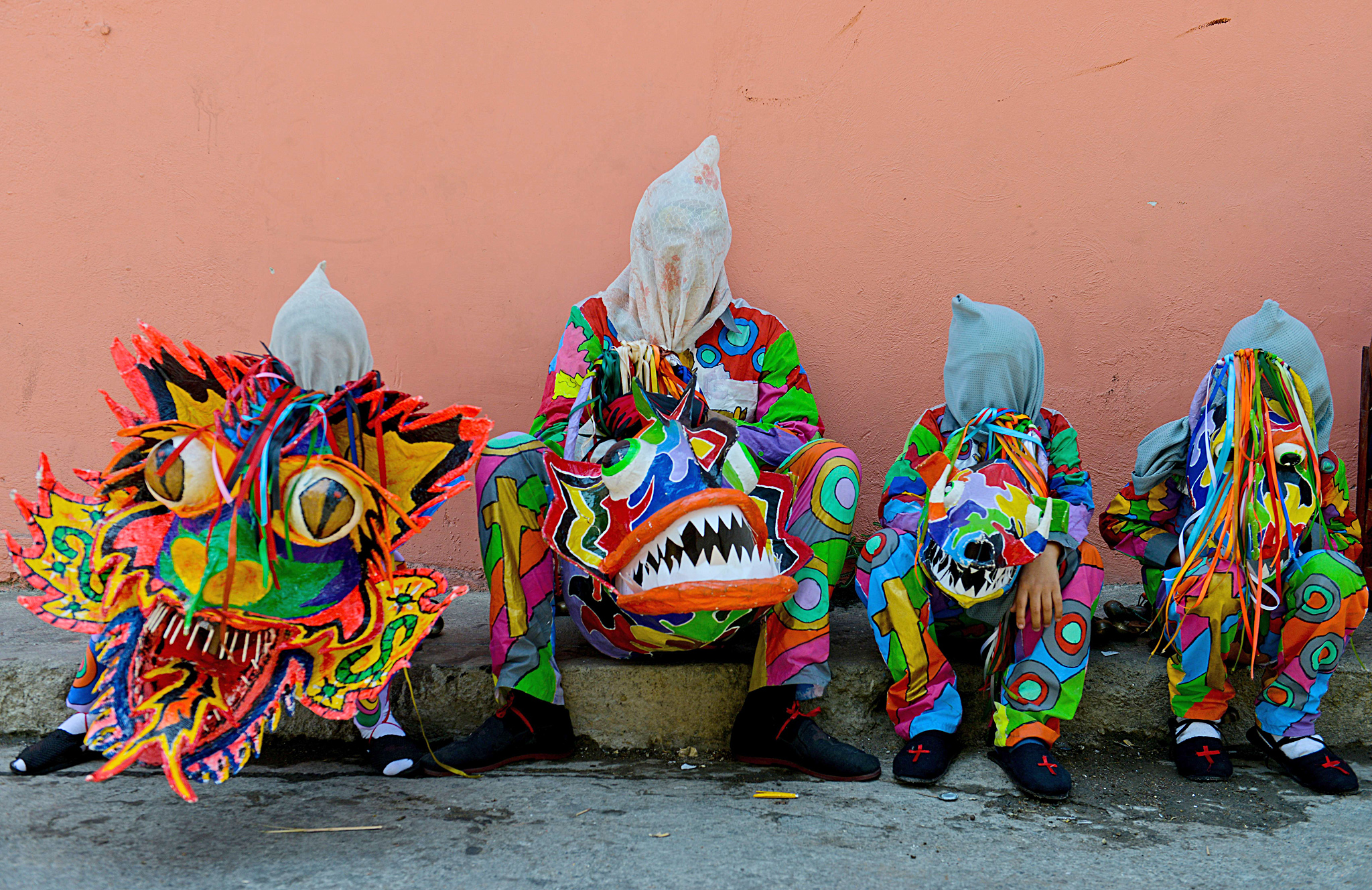
![Migrants, who were found at sea on a boat, collect rainwater during a heavy rain fall at a temporary refuge camp near Kanyin Chaung jetty, outside Maungdaw township, northern Rakhine state, Myanmar June 4, 2015. Soe Zeya Tun: This shot is of a group of Rohingya and Bangladeshi migrants from a boat carrying 734 people rescued off Myanmar's southern coast last week. Those on board had been at sea for more than two months, at the end with little food or water. The men in this photo were part of a group of 400 crammed into a warehouse by Myanmar police. They had arrived the day before, but while the women, children and some men had already been moved, these men were left behind. There was no sign of the U.N. refugee agency UNHCR or foreign aid agencies. Just moments before this shot, the sky opened up and the monsoon rains started coming down. The men were jostling with each other for space to catch water in their bottles and plates. The authorities were hesitant to grant us access at first, but as the morning wore on and the rains started, we were able to enter [the warehouse or the area around it?] and started photographing and speaking to migrants. Just after taking this photo, the men were loaded into buses and trucks and driven to a camp where international aid agencies were waiting. I have worked on long and difficult assignments where I have gone days without a proper shower. But for these people it has been months without enough water. Everyone was dirty and had likely washed little while at sea. I could see just how meaningful it was for them to suddenly have a chance to drink and clean themselves with whatever small amount of water they could capture. REUTERS/Soe Zeya Tun TPX IMAGES OF THE DAY TEMPLATE OUT](http://blogs.ft.com/photo-diary/files/2015/06/Thirst_Reut.jpg)


































